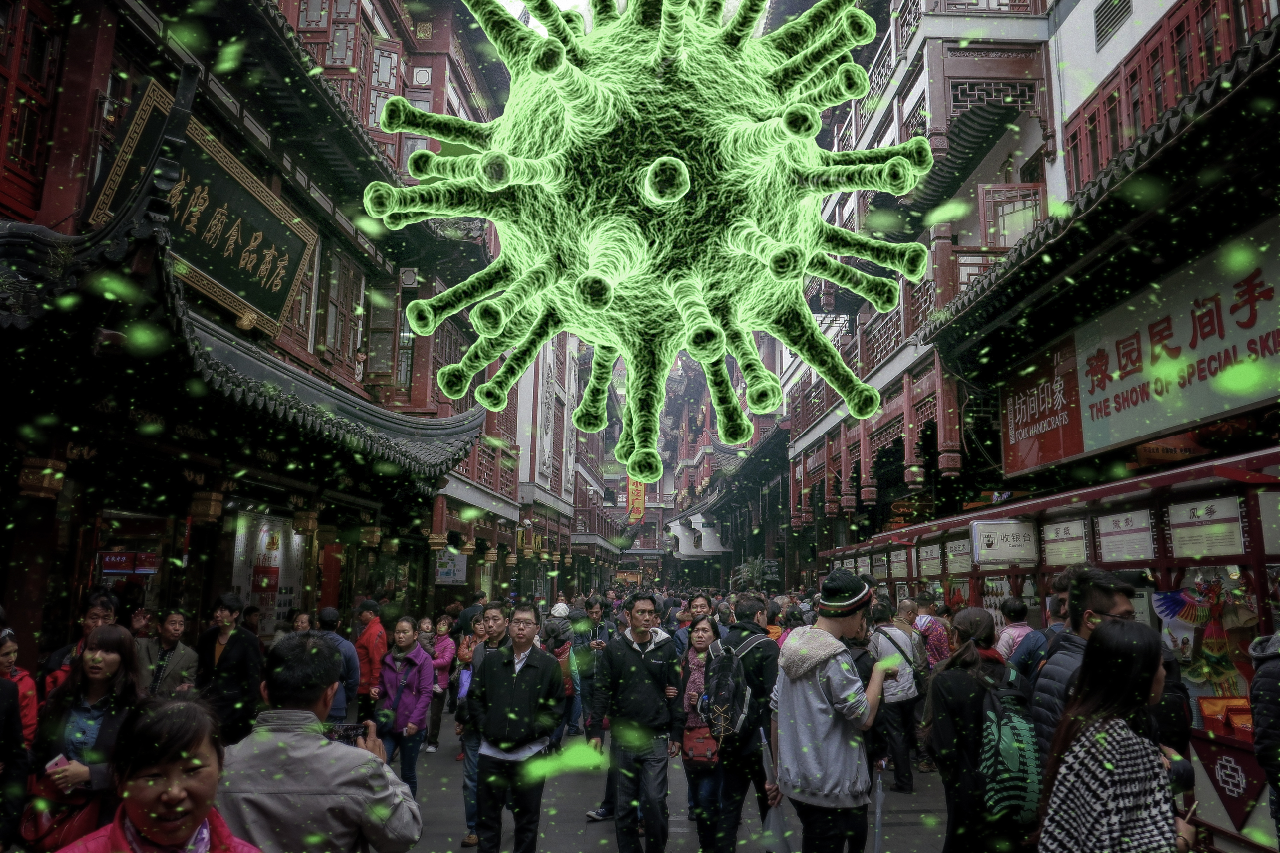
With the advent of global transportation comes the heightened risk of pandemics such as the latest 2019-nCoV Coronavirus. It is worth learning more about the size of the virus and how technology can help to defend against these pandemics.
The sizes of the family of Coronaviruses are somewhere in the area of 100-130 nanometers. To put that in perspective, a human hair is about 60,000 nanometers in diameter. This virus is much smaller than typical bacteria, and it is difficult to filter out even with the best surgical masks which usually are functional to the 300 nanometer level.
One way to deter the spread of viruses is to disassemble them at the molecular level. The physical photocatalytic process holds one of the most important tools to fight the current Coronavirus by eliminating it in oxidative degradation activated by the daylight. Organic matter reacts with oxygen on a photocatalyst surface, which is charged with intense power on the molecular scale. This power works by pulling away the electrons from chemical functional bonds that form the components of viruses (and this also works on bacteria and many types of pollution). Initially the virus either perishes or is deprived of functional groups – the key to penetrate organism is deactivated. Finally, it is completely destroyed, such as in a burning process.
FN NANO® photocatalytic coatings, applied on ceilings and walls, eliminate the 2019-nCoV Coronavirus of the air and on surfaces with the assistance of soft UVA light. The popularity of nano-coatings grew dramatically during the 2002-3 SARs epidemic as an effective non-chemical mechanism to ward off viruses. Today FN NANO® multifunctional coatings are used in hospitals, airports, public places, homes, restaurants, schools and more.
The world’s strongest coating, FN NANO®, is now available from the Czech Nanotechnology firm, Advanced Materials-JTJ in Prague. The FN NANO® Multifunctional Coatings are able to breakdown many such viruses, bacteria, pollutants, allergens, emissions, toxins and even greenhouse gases in the air (inside as well as in the outdoor environment).
For more information see www.fn-nano.com/?lang=en
or contact Daniel Butler Daniel.butler@advancedmaterials1.com






